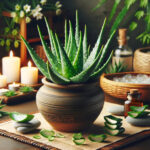Introduction to Aloe Argenticauda
Welcome to the enchanting world of Aloe argenticauda, a succulent that’s as intriguing as its name suggests. Nicknamed the ‘Silver-Tailed Aloe’, this is not your average garden plant. Imagine a hardy survivor that thrives in the most arid of environments, flaunting plump leaves with a subtle silvery hue. It’s this unique touch of nature’s silver that’s catching the eye of plant collectors and driving its eminent rise in popularity.
But why are so many succulent connoisseurs swaying towards this particular aloe? Picture it: rugged landscapes transformed by rows of this striking silver-tailed beauty, drawing in all manner of life from wandering pollinators to admiring humans. It’s not only a visual spectacle; Aloe argenticauda is carving its niche in the alternative medicine sphere, with interest in its potential health benefits sprouting as rapidly as the plant itself.
The allure of this plant lies not merely in its ability to endure the harsh, dry climates of its native habitat, but also in its quiet yet resilient growth, mirroring the persistence of nature. Each leaf store is a reservoir of hydration, a life-saving sip for the arid-adapted creatures sharing its terrain. Discover more about this fascinating succulent and why its future in home gardens and holistic health forums appears so promising.
Let’s not forget the environmental impact. As global climates shift and water becomes an increasingly precious commodity, gardening enthusiasts are turning to drought-resistant plants like Aloe argenticauda for both its beauty and sustainability. Its low maintenance is a gentle reminder of the elegant simplicity with which nature operates, asking for so little yet giving back so much – in this case, a touch of silver to an otherwise green canvas.
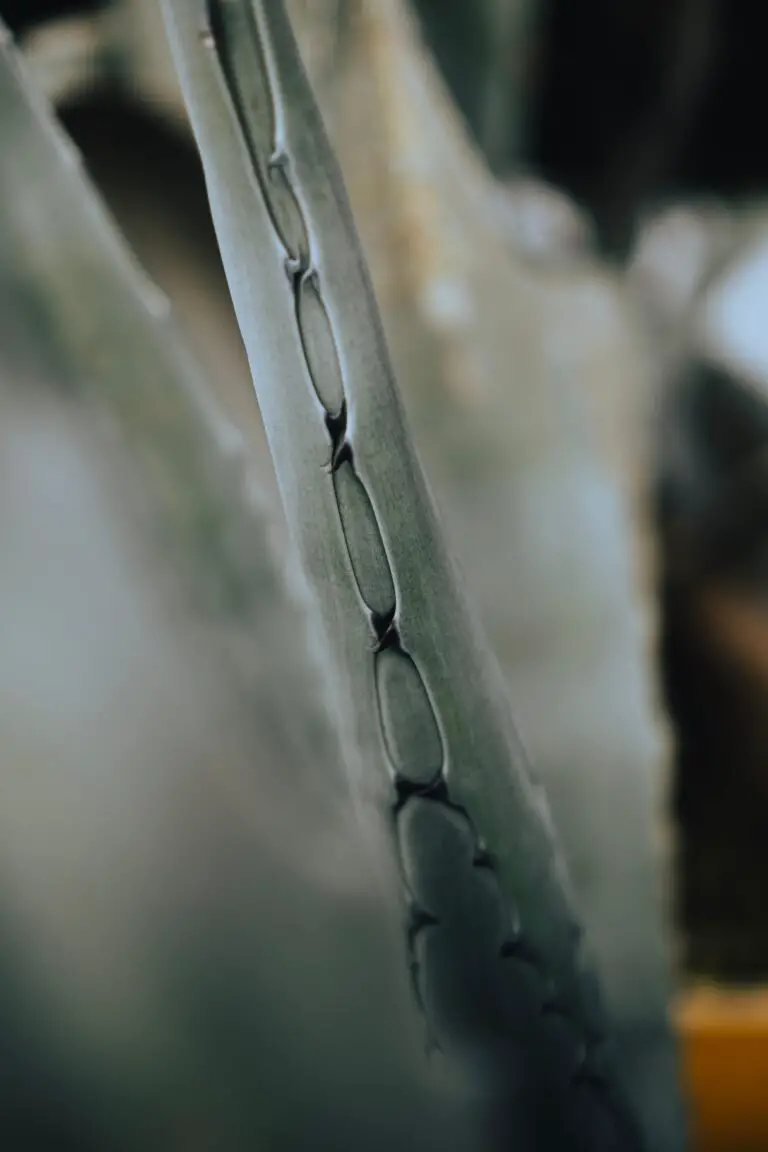
Origin and Habitat
Whisk yourself away to the rugged landscapes of Namibia, where the Aloe argenticauda, or as some like to call it, Nature’s Silver-Tailed Wonder, thrives in the wild. These resilient succulents are more than just plants; they are survivors, clinging to rocky terrains and flourishing amidst the subtropical dry shrubland that characterizes much of their native soil.

The climate here is a medley of extremes—intense sunbaked days followed by cooler nights. It’s an environment that challenges the very limits of nature, yet it’s where the Aloe argenticauda finds its serenity. Adapted to sparse rainfall, these plants have evolved to store water within their succulent leaves, offering them a lifeline in arid conditions.
When you imagine the habitat of the silver-tailed aloe, picture a canvas painted with hues of earthy browns and greens, where longevity is not just hoped for but engineered by nature. The Aloe argenticauda doesn’t just exist within this canvas; it is a master of its domain, a true spectacle of adaptation and beauty.
Aloe Argenticauda: Nature’s Silver-Tailed Wonder
Embark on a journey to discover Aloe argenticauda, the silver-tailed gem of the botanical realm. Distinguished by its remarkable physical qualities, this Aloe species is no mere green dweller of the garden. So, what sets it apart? Let’s peel back the layers of this marvel and explore its botanical characteristics.
Imagine unearthing a treasure that stands out with its unique silver-blue leaves, resembling the tail of a mythical creature basking under the sun. The lance-shaped leaves of Aloe argenticauda boast a size that commands attention, extending proudly towards the sky. But, the spectacle doesn’t end there! Each leaf is artfully bordered with tiny white teeth, a feature both eye-catching and a warning not to get too close.
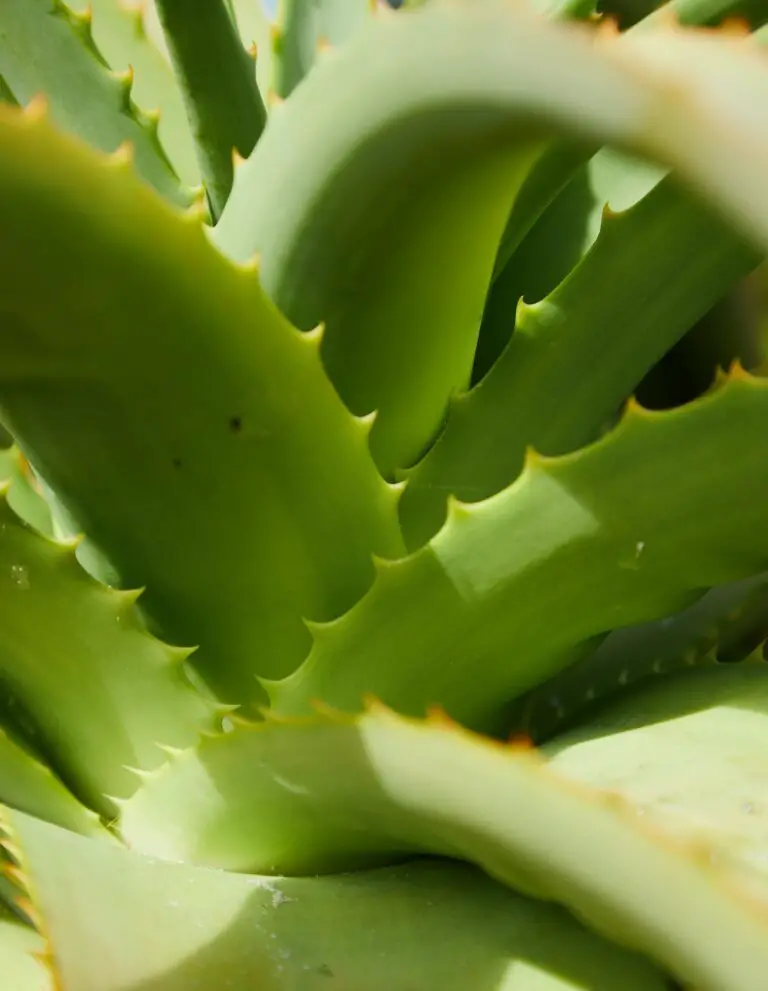
Growth patterns of this particular Aloe are as intriguing as its appearance. When young, they grow in tight rosettes, captivating onlookers with their compact beauty. As they mature, they expand – not just in dimension but in essence. The ‘argenticauda’ springs into action, growing in plump, juicy sequences that define the species’ identity. A full-grown plant can become a centerpiece in any succulent enthusiast’s collection, exerting an aura of botanical prowess.
Its allure isn’t solely attributed to its physical attributes. This succulent’s color palette is a parade of greens and blues with silver notes that play with light, offering a visual symphony that’s dynamic and ever-changing. Within its habitat, Aloe argenticauda reflects the hues of the desert sky at twilight – a silhouette against the backdrop of sandy dunes and rugged terrain. And while it is a feast for the eyes, it is also a beacon of resilience, thriving where others merely survive.
To ensure this masterful work of natural art continues to thrive, proper care is crucial. For those looking to delve into the world of Aloe argenticauda care, a worthwhile reference to consider is the guide on Aloe Vera plant care from The Spruce. While the focus is on Aloe vera, the insights garnered can be adapted to nurture our silver-tailed wonder. It’s about learning the nuances of care that align with its nature— a journey well worth the effort for the spectacular visual reward.
Defining Qualities of Aloe Argenticauda
Each Aloe argenticauda is a testament to nature’s artistry, and its distinguishing traits are the strokes that complete the picture. Its size rivals that of many other Aloe species, making it a staple for the landscape or container gardens. And beyond its sheer bulk, the design of its foliage—the strategic placement of its teeth and the gradation of colors—speaks volumes about the intricacies of evolution.
This visual exploration is more than an exercise in admiration—it’s an invitation to embrace the magnificence of Aloe argenticauda, a reminder of the staggering diversity within the Aloe genus. This Aloe doesn’t just exist; it performs, captivating and connecting us to the wilder world it hails from.
Cultivation Tips for Aloe Argenticauda
Are you ready to bring the elegance of Aloe argenticauda into your home? Here’s your no-nonsense guide to nurturing this silver-tailed gem. Aloe argenticauda isn’t just another pretty succulent—it’s a conversation starter that brings a slice of the wild into your urban dwelling.
Getting the Soil Just Right
First things first, let’s talk dirt. Aloe argenticauda thrives in a well-draining mix that mimics its natural, gritty habitat. Think of it like creating a comfy bed for your plant—get a mix with sand, perlite, and a bit of organic matter. Just enough to hold onto moisture but not too much that the roots get soggy boots!
Home Sweet Pot
Picking the perfect pot is part art, part science. Terracotta is a classic choice: it’s porous, allowing the soil to breathe and preventing water from overstaying its welcome. Ensure the pot has a drainage hole; Aloe argenticauda dislikes wet feet as much as we do! Think of it as your plant’s personal water slide—excess water in, whoosh, right out the bottom.
The Watering Balancing Act
Mimic the rainfall patterns of its natural environment—irregular but thorough. Imagine the plant’s arid homeland where rain is a special occasion. Soak the soil deeply, then let it dry out completely before the next watering rendezvous. Your plant doesn’t appreciate a drizzle; it waits for the deluge, so less frequent, more abundant watering sessions are key.
That Sweet Spot of Sunlight
Aloe argenticauda is like a sunbather, basking in the bright but indirect light. It’s the Goldilocks of the plant world—not too much sun, lest its leaves start to throw shade by turning brown. But beware of low light, which can lead to a stretching, gangly plant reaching out for the sun. A north or east-facing window ledge can be its sunny throne where it can reign supreme.
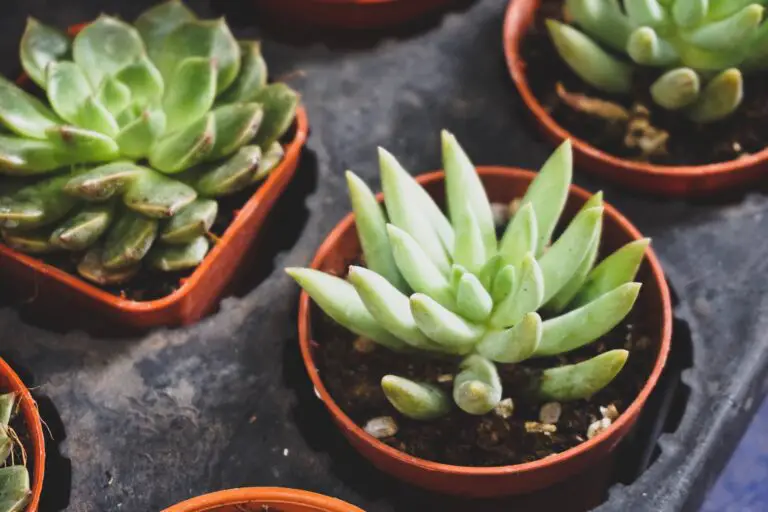
Remember, growing Aloe argenticauda is like a relationship; it’s all about understanding and meeting its needs. Provide firm boundaries with the right soil and pot, match its thirst levels with mindful watering, and give it the light of your life with the perfect sun-kissed spot. With these tips, your Aloe argenticauda won’t just survive—it’ll flourish, drawing every eye with its sculptural beauty and resilience. Happy growing!
Propagation Techniques
Embarking on the journey of propagating the Aloe argenticauda can be as thrilling as discovering a hidden treasure. This remarkable plant, with its silvery, tail-like leaves, has a unique charm that can captivate any plant enthusiast. Let’s dive into the world of propagating this silver-tailed wonder and uncover the secrets to multiplying its splendor in your own space.
Seed Propagation: Growing Aloe Argenticauda from Scratch
The thought of growing Aloe argenticauda from seeds might seem like a gamble to some, but it’s a game of patience and precision. Imagine starting with tiny, inconspicuous seeds and witnessing them transform into majestic, silver-tailed beauties. To begin, obtain fresh seeds and place them onto well-draining soil. The key is maintaining a warm and moist environment, much like a nurturing hug for the seeds to sprout. It might take some time, but once those first green shoots make their debut, the sense of accomplishment is unquestionable.
Cutting Edge: A Snip in Time
Now, not all treasure hunters prefer to start from scratch. For those looking for a shortcut to propagation success, cuttings are your trusty map to the treasure. Taking a cutting from a mature Aloe argenticauda plant is like cutting a piece from a living legacy. Choose a healthy leaf, slice it near the base with a clean, sharp knife, and allow it to callous for a few days. This crucial step is the secret safeguard against rot when you gently nestle the cutting into a sandy, well-draining mix. With the right care, it won’t be long before new growth heralds the success of your propagation journey.
Incorporating real-life examples, just like avid gardener Lily who lives in a breezy coastal town, can make the process more relatable. Lily decided to test the cuttings method on her balcony garden during a gentle, warm season. Much to her delight, within weeks, the once-lonely cuttings began to sport tiny roots, reaching out into the soil like anchors of hope. Now, her balcony is a lush oasis of Aloe argenticauda plants, a testament to the effectiveness of this propagation technique.
Propagation might seem like a complex dance at first, but once you learn the steps, it becomes a rhythm you play with confidence. And here’s a visual guide to help you along the way:
Remember, the key to a successful propagation of Aloe argenticauda is providing the right environment and respecting the plant’s natural needs. It’s not just about following steps; it’s about understanding the living essence of the plant. Water carefully, provide ample sunlight, and be patient. Your efforts will be rewarded with the splendid growth of Aloe argenticauda, the nature’s silver-tailed wonder that will bring a touch of the wilderness into your home.
Uses and Benefits
Step into the world of Aloe argenticauda, nature’s silver-tailed treasure, and discover the remarkable uses and benefits this sturdy succulent has to offer. This aloe isn’t just a pretty face with its unique, silvery tail; it’s a powerhouse of potential health perks and practical applications.
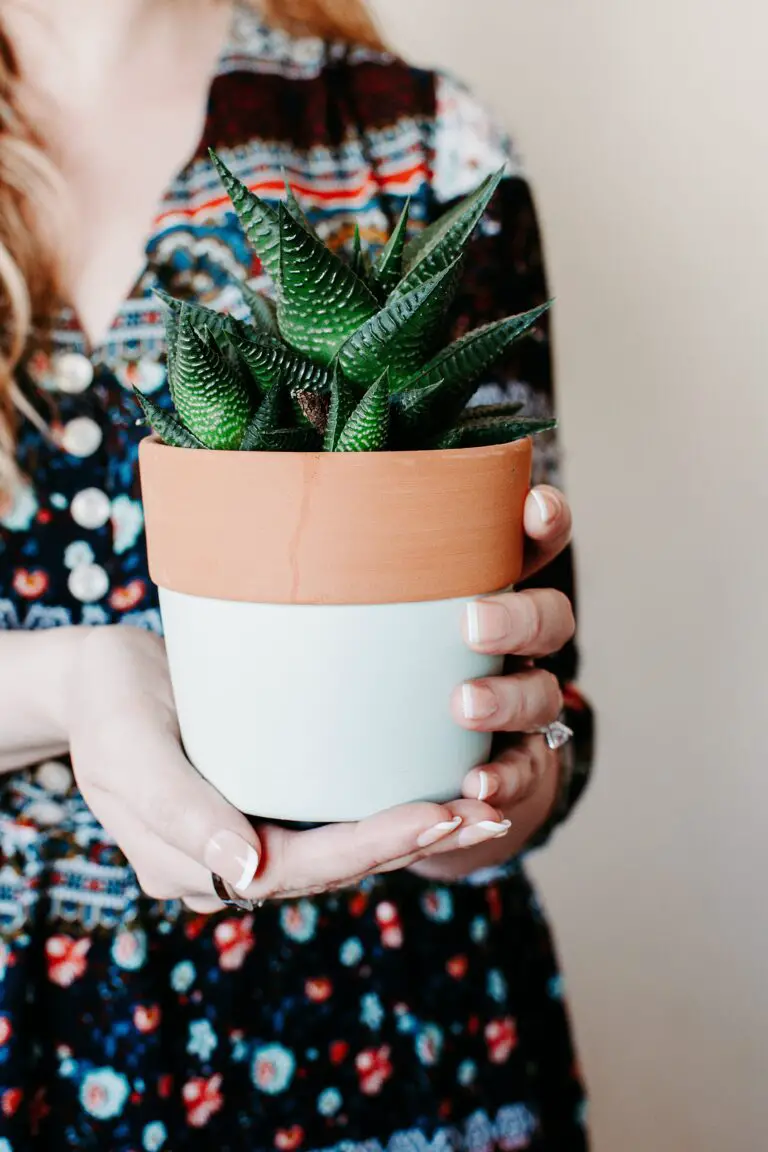
Imagine a plant that not only adds a touch of exotic flair to your home décor but also acts as a healing companion. The sap of Aloe argenticauda, similar to its popular cousin Aloe vera, contains compounds touted for their soothing properties. It’s the kind of botanical buddy you’d want on your side for minor burns, scrapes, or even to calm the occasional skin irritation.
But the wonders of this desert dweller don’t stop at topical relief. Integrating this aloe into your routine could mean tapping into a wellspring of wellness. Enthusiasts of Aloe argenticauda often rave about its potential when incorporated into healthful concoctions—think smoothies and juices—for a revitalizing boost.
Not only is Aloe argenticauda making waves in personal care circles, but its application extends to eco-friendly practices as well. This arid-adapted plant requires minimal water, making it an eco-conscious choice for landscaping or xeriscaping in drier climates. It’s a living lesson in resilience and resourcefulness, thriving where other plants might wither away.
And let’s not overlook its ornamental charm! With the right touch of creativity, Aloe argenticauda becomes a striking centrepiece in rock gardens or as a conversation-starting potted plant. It’s the kind of low-maintenance beauty that keeps on giving, requiring little fuss for a whole lot of lush.
Clearly, Aloe argenticauda’s usefulness extends beyond its striking appearance—though that’s certainly a plus. Its versatility and healthful potential make it a standout choice for those looking to add a splash of natural splendour and a dose of wellness to their everyday lives.
Common Challenges
So, you’re the proud caretaker of an Aloe argenticauda, also known as the Silver-Tailed Aloe. Kudos! While your green gem generally thrives with minimal fuss, it’s not immune to the occasional hiccup. Let’s delve into the typical troubles faced by Aloe aficionados and unearth some greenthumb solutions to keep your succulent strong.
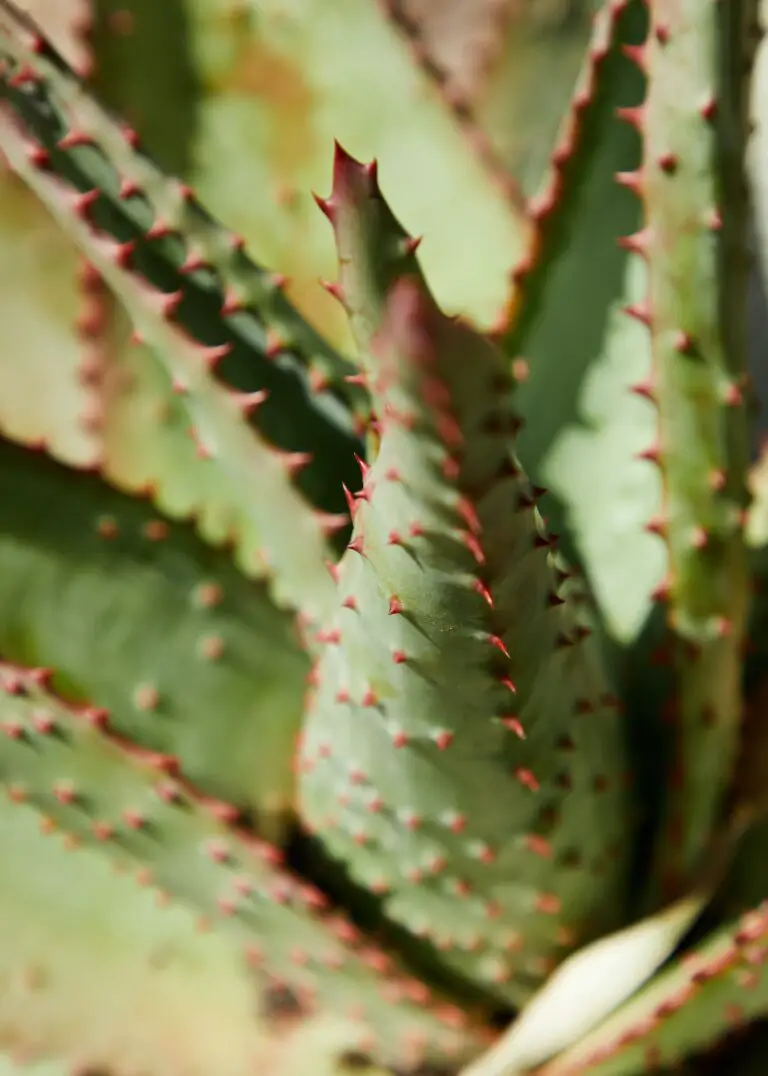
Pests: The Sneaky Invaders
First off, watch out for the telltale signs of sap-sucking pests. In my own garden experience, I’ve crossed paths with aphids and mealybugs conspiring beneath the Aloe’s plump leaves. These critters can turn a thriving plant into a struggling one faster than you can say “Aloe argenticauda.” But fear not, a simple insecticidal soap or neem oil treatment works wonders to show these pests the door. Consistency is key—monitor and treat as necessary to keep those leeches at bay.
Diseases: The Unseen Enemy
Nobody likes to talk about it, but fungal infections are a real party crasher. They’re like that stealthy relative who shows up uninvited and then refuses to leave. If you spot any discoloration or mushy spots, it’s time to act. Again, drawing from my green-thumbed misadventures, a well-draining potting mix and careful watering are your best bets for fending off these fungal foes. Let that soil dry out between waterings—Aloe argenticauda’s roots can’t swim!
Environmental Stress: The Silent Struggle
Finally, let’s touch on the silent struggle of environmental stress. Too much sun can sunburn our Silver-Tailed friend, while too little leaves it reaching for the light like a lost soul. Striking that balance is crucial. I’ve found that a bright, indirect light source is the sweet spot for maintaining that gleaming silver glow. Temperature-wise, keep your Aloe cozy, but not hot. Think Mediterranean vacation, not Death Valley escapade.
With these insights, you’re armed and ready to tackle the tribulations of Aloe argenticauda care. Just remember: the right amount of love, water, and vigilance will have this succulent thriving under your guardianship. Happy gardening!
Conservation Status of Aloe Argenticauda
Imagine stumbling upon a rare treasure while wandering through the vast arid landscapes of southern Namibia. This isn’t a gem hidden beneath the earth but a silvery botanical wonder known as the Aloe argenticauda. This unique aloe, with its distinctive silver-tailed leaves, is a sight to behold in its natural habitat. But, like many treasures, it faces numerous threats that cast a shadow over its future.
As we delve into the conservation status of Aloe argenticauda, it’s crucial to recognize that this species is not just another plant—it’s an ecological artwork withering under the harsh sun of environmental pressure. Listed by the International Union for Conservation of Nature (IUCN) as a species of ‘Least Concern,’ this label can be deceptive. While not on the brink of extinction, Aloe argenticauda still teeters on a delicate balance, vulnerable to the whims of its surroundings.
The threats to Aloe argenticauda are as multifaceted as its shimmering leaves. Overharvesting for medicinal uses, illegal collection by succulent enthusiasts, and habitat destruction for agricultural expansion each play a part in the play of survival this aloe must perform. Climate change, with its unpredictable shifts in weather patterns, adds an extra level of uncertainty to its ongoing act.
Amidst this backdrop of challenges, conservationists are stepping up to rally behind Aloe argenticauda. Initiatives to educate local communities on sustainable harvesting practices, enact legal protections, and bolster habitat preservation efforts have begun to root. But the success of these initiatives is like a seedling in a drought—dependent on a nourishing rain of continued support and global awareness.
One cannot overlook the role of botanical gardens and ex-situ conservation efforts, which bloom like beacons of hope. These living libraries of flora safeguard specimens of Aloe argenticauda, ensuring that even if the wild sparks are snuffed out, embers remain to rekindle populations in the future.
In the theater of conservation, every effort counts, and the ongoing story of Aloe argenticauda is no different. It’s a tale of resilience and vulnerability, a drama where the end has yet to be written. Will the silver-tailed sentinel stand the test of time or bow out, leaving only tales and memories in its absence? The answer lies in our commitment to making conservation a starring role in our interactions with nature.
FAQs about Aloe Argenticauda
Have you ever wondered about that stunning succulent with silver-tipped tails gracefully spilling out of pots in sunny gardens? That’s Aloe argenticauda for you, a plant not just pretty to look at but also brimming with benefits. Let’s dive into some of the most burning questions plant enthusiasts have about this silver-tailed beauty!
How do I care for my Aloe argenticauda?
Caring for an Aloe argenticauda is as straightforward as it gets. Picture this: a sun-kissed balcony, a well-draining pot, and you’re already halfway there! These plants love the sun but don’t mind a little shade. The key is to let the soil dry out before watering again. Overwatering? That’s a big no-no for our desert-dwelling friend here.
What are the benefits of having an Aloe argenticauda?
Imagine a plant that’s a decorator, air purifier, and healer, all rolled into one. That’s your Aloe argenticauda. It’s known for its air-cleaning abilities, whisking away toxins like a little green superhero. Plus, the gel in its leaves is a soothing remedy for cuts and burns, making it a must-have in every home’s plant squad.

What tips are there for cultivating Aloe argenticauda?
Starting your own Aloe argenticauda collection or just want to propagate the one you have? Clone away! Offsets, also known as ‘pups’, can often be found at the base of a mature plant. With gentle hands and a little bit of soil, these pups can grow into full-fledged plants. Remember, they cherish their personal space – a crowded pot can lead to a less than happy aloe.
Let’s be clear, though, while Aloe argenticauda doesn’t ask for much, it does need the right environment to thrive. Think warm temperatures, little water, and a whole lot of light. Get these right, and you’ll have a resilient and evergreen companion that keeps your green thumb looking good!

